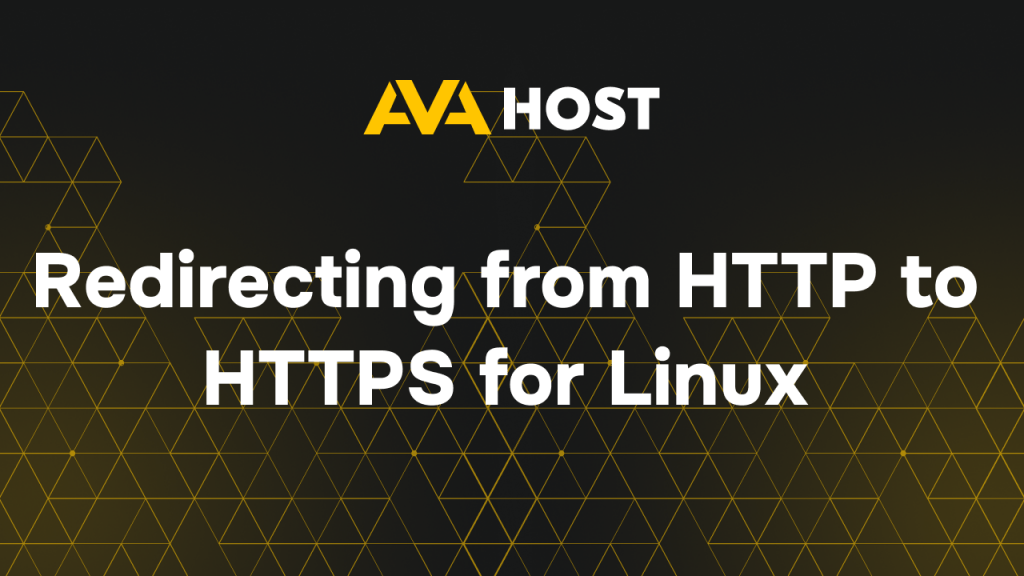
How to Redirect HTTP to HTTPS on a Linux Web Server Switching your website to HTTPS is crucial for securing user data and boosting trust, while also improving SEO and meeting modern web standards. This guide simplifies the process of redirecting all HTTP traffic to HTTPS on Linux servers using Apache or Nginx. With practical […]

Ubuntu is one of the most popular Linux distributions, known for its user-friendliness, stability, and flexibility. While many users associate Linux with the command line, Ubuntu has long supported a wide range of Graphical User Interfaces (GUIs) that make the system more accessible to newcomers and professionals alike. In this article, we’ll explore the most […]
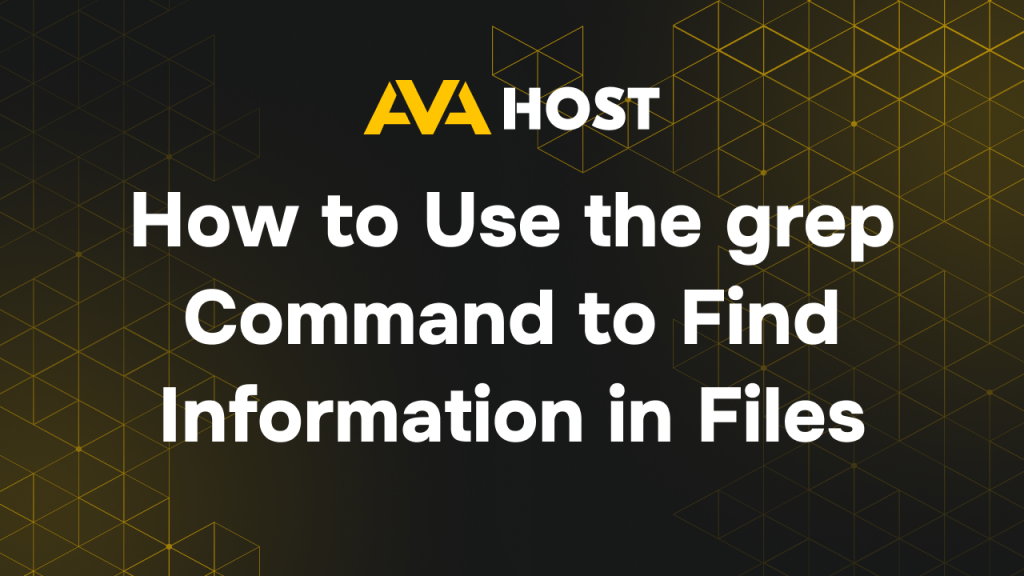
The dpkg command is a core tool for managing .deb packages in Debian-based Linux distributions, including Ubuntu and Linux Mint. While tools like apt and synaptic offer more automation and user-friendliness, dpkg gives you precise, low-level control over package installation, removal, and inspection.Whether you’re a Linux beginner or a system administrator, understanding how to use […]
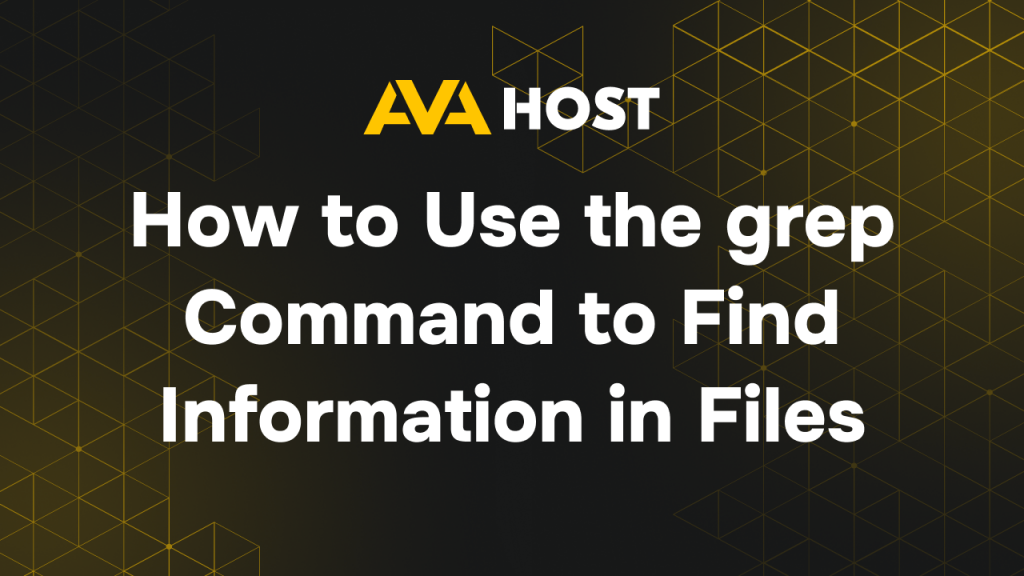
When managing Linux servers, efficiently locating specific information within logs, configuration files, or command outputs is crucial. The grep command is a powerful tool that allows you to search for patterns within files or streams, making it indispensable for system administrators and developers alike. What is grep? grep stands for Global Regular Expression Print. It’s […]

Unlike Windows, Linux doesn’t always store the file creation date as part of its default filesystem metadata—especially on older or traditional filesystems like ext3. However, newer filesystems and kernel versions offer partial support. ✅ What You Should Know: Standard Timestamps in Linux: atime: Last access time mtime: Last modification time ctime: Last status change time […]

If you’ve encountered the “The link you followed has expired” error in WordPress Hosting, you’re not alone. This common issue usually appears when trying to upload a theme, plugin, or media file via the WordPress dashboard. Fortunately, it’s not difficult to fix — and this guide will walk you through several proven methods to resolve […]
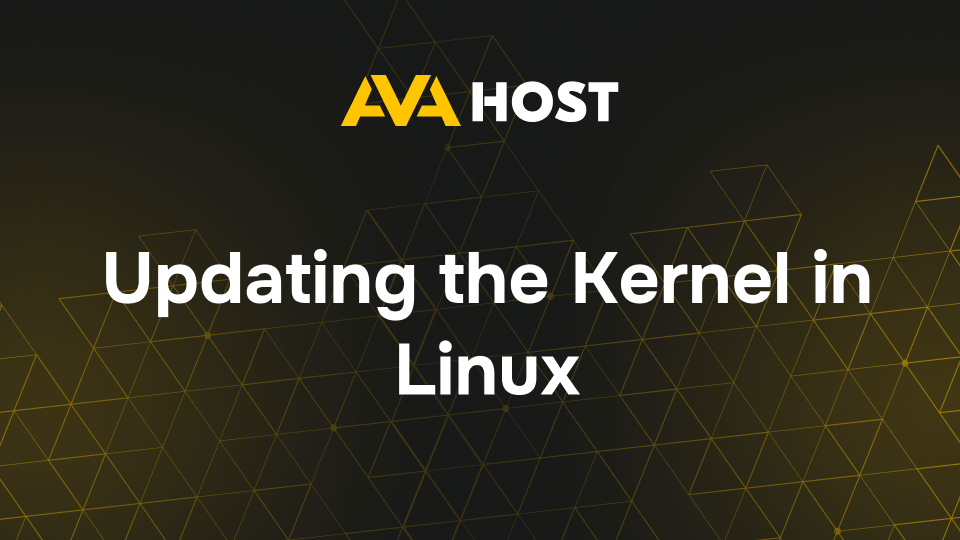
Updating the Kernel in Linux The Linux kernel is the core component of any Linux operating system, responsible for managing hardware, processes, memory, and system calls. Updating the kernel can bring performance improvements, new hardware support, bug fixes, and enhanced security — but the process varies depending on your Linux distribution. In this guide, we’ll […]

Visual content plays a crucial role in shaping the user experience of any modern website. Whether used for aesthetics, communication, or navigation, images are integral to engaging your audience. But what happens when images suddenly stop appearing? In this article, we’ll explore the most common causes of this issue and guide you through effective solutions. […]
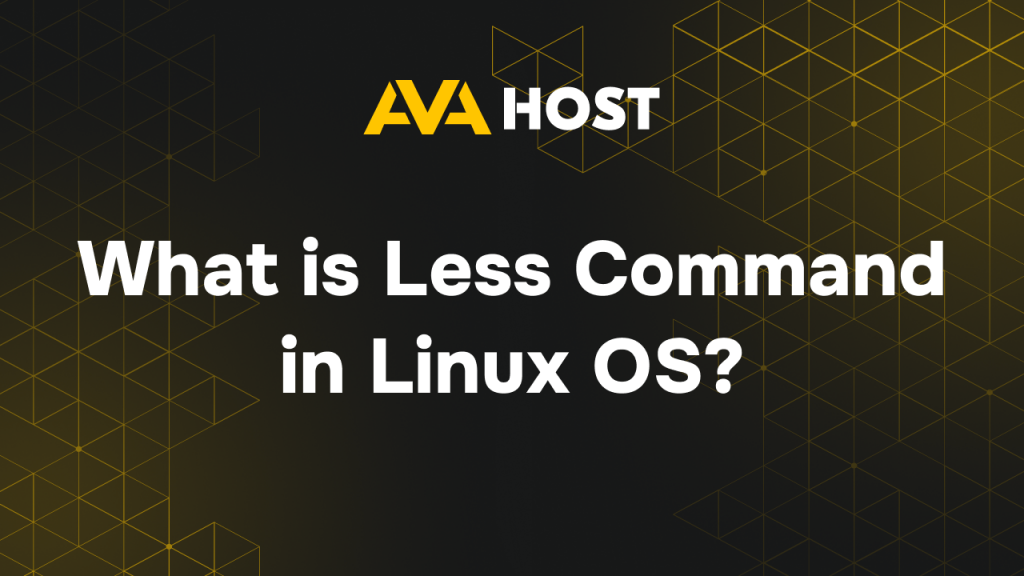
How to Use the less Command in Linux The less command is a must-know tool for Linux users, offering a lightweight way to view text files or command outputs one screen at a time. Perfect for browsing large logs or configuration files without editing them, less is fast, efficient, and beginner-friendly. This guide enhances your […]

GitLab is a powerful open-source DevOps platform used for managing Git repositories, CI/CD pipelines, code reviews, and more. It’s widely adopted by developers and teams to streamline software development and deployment. In this guide, you’ll learn how to install GitLab on an Ubuntu server. Prerequisites Before you begin, make sure you have the following: A […]


